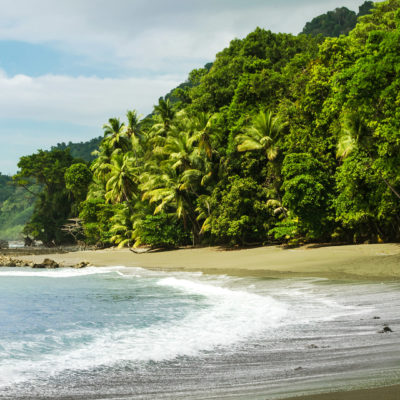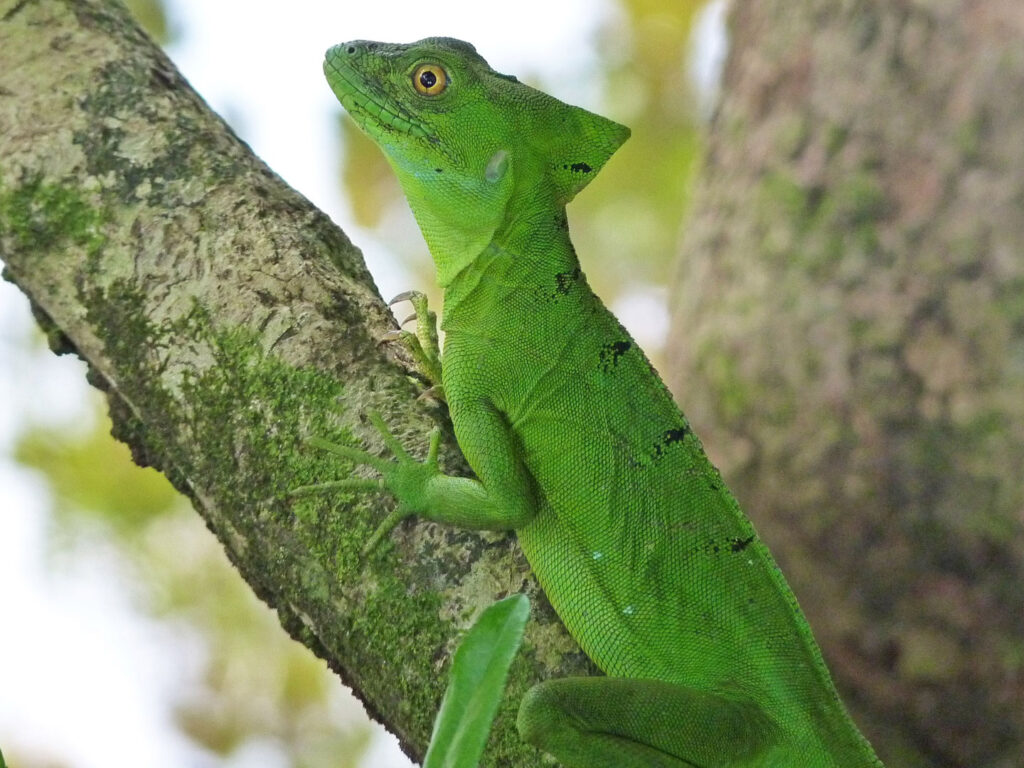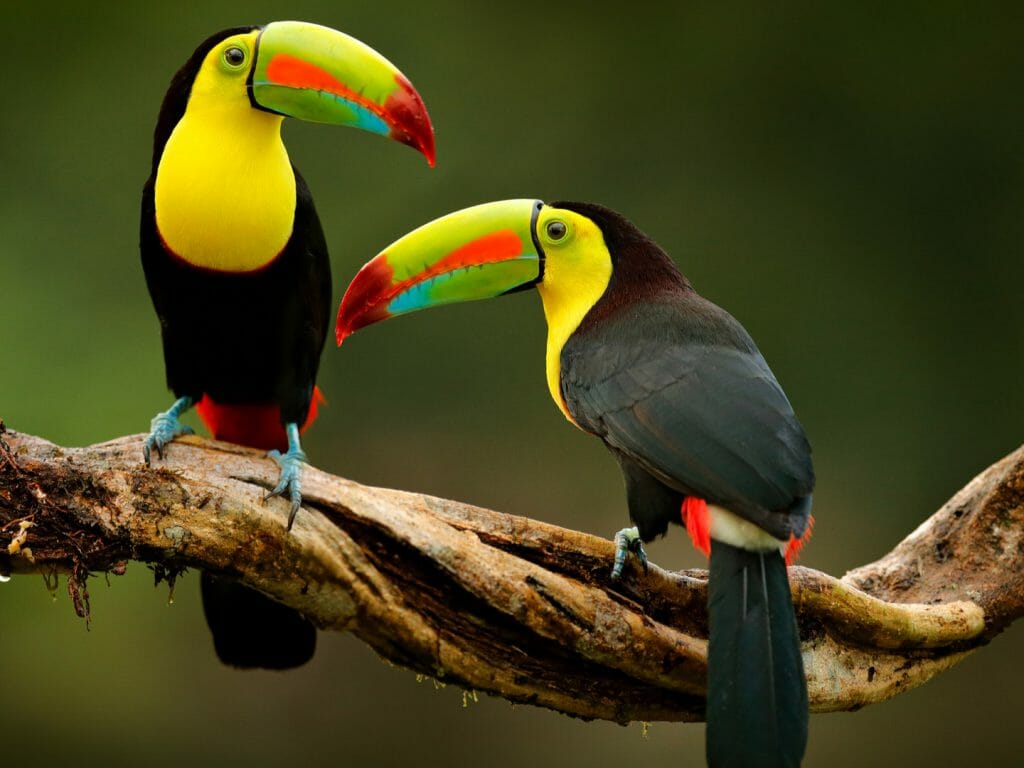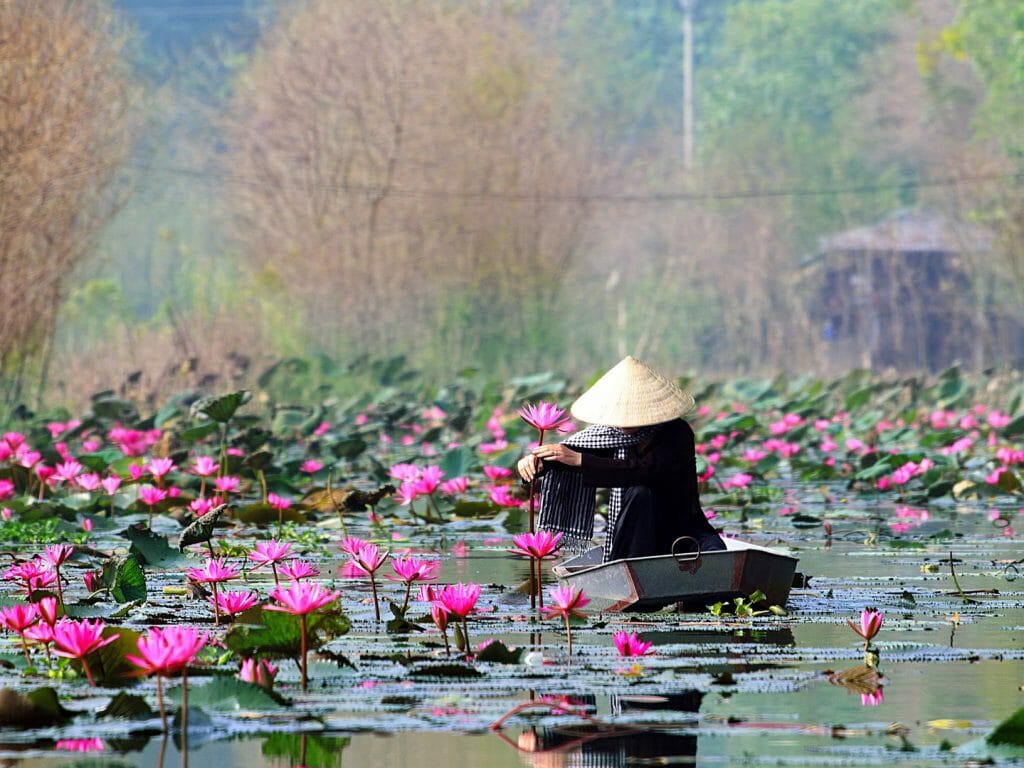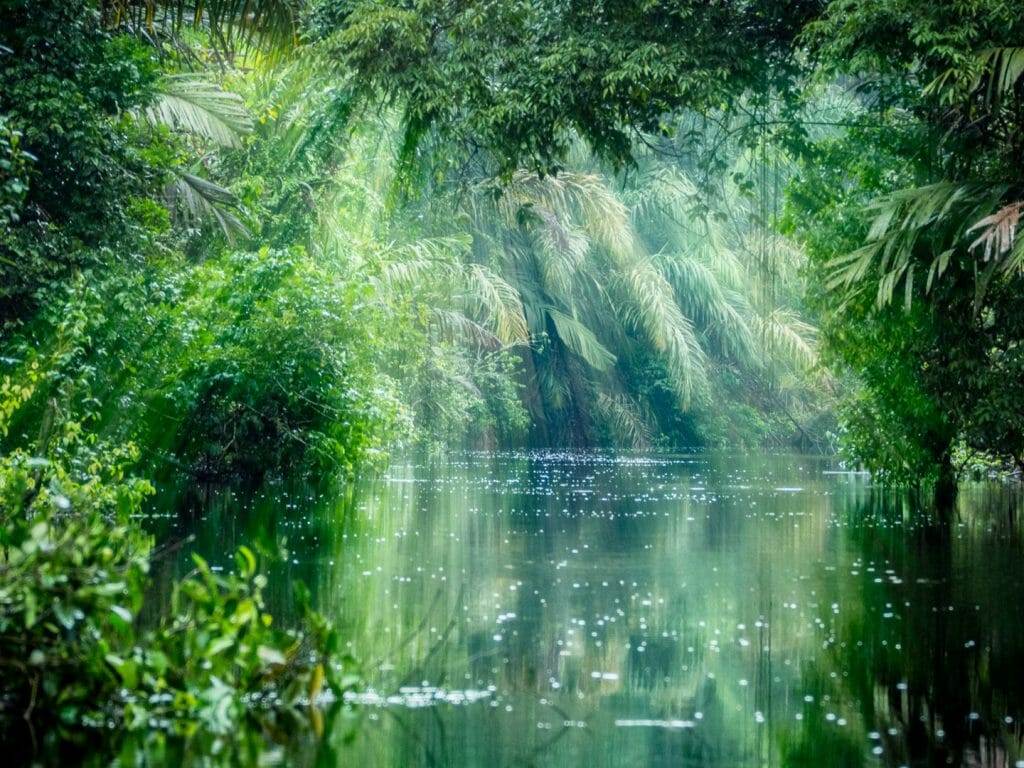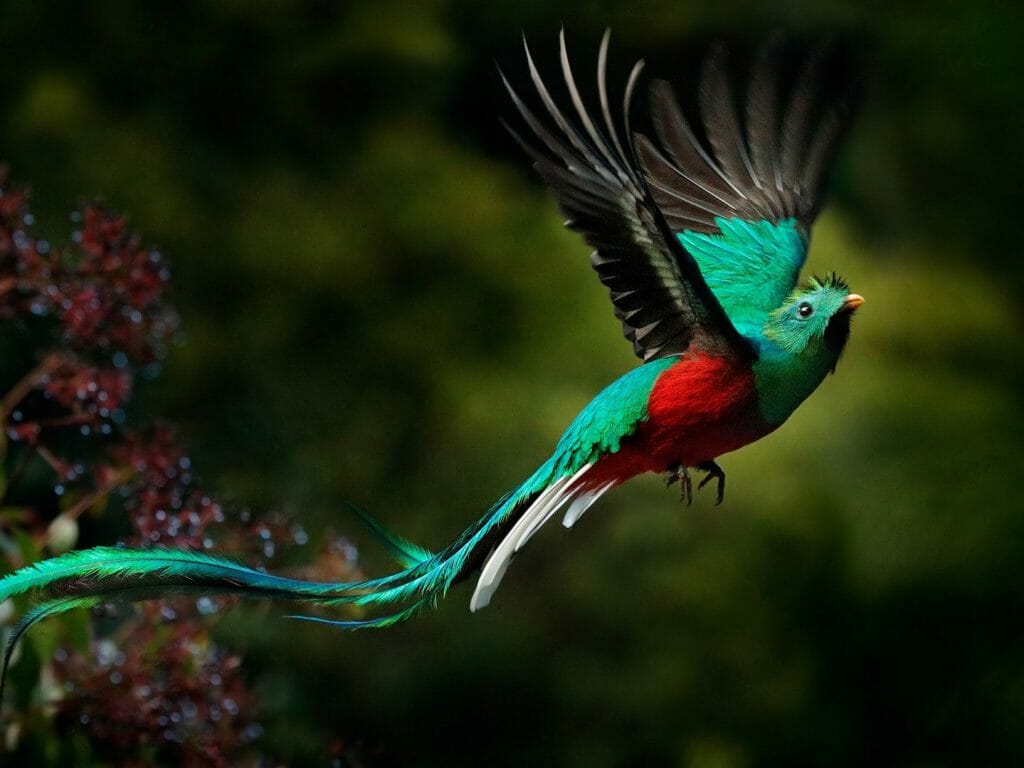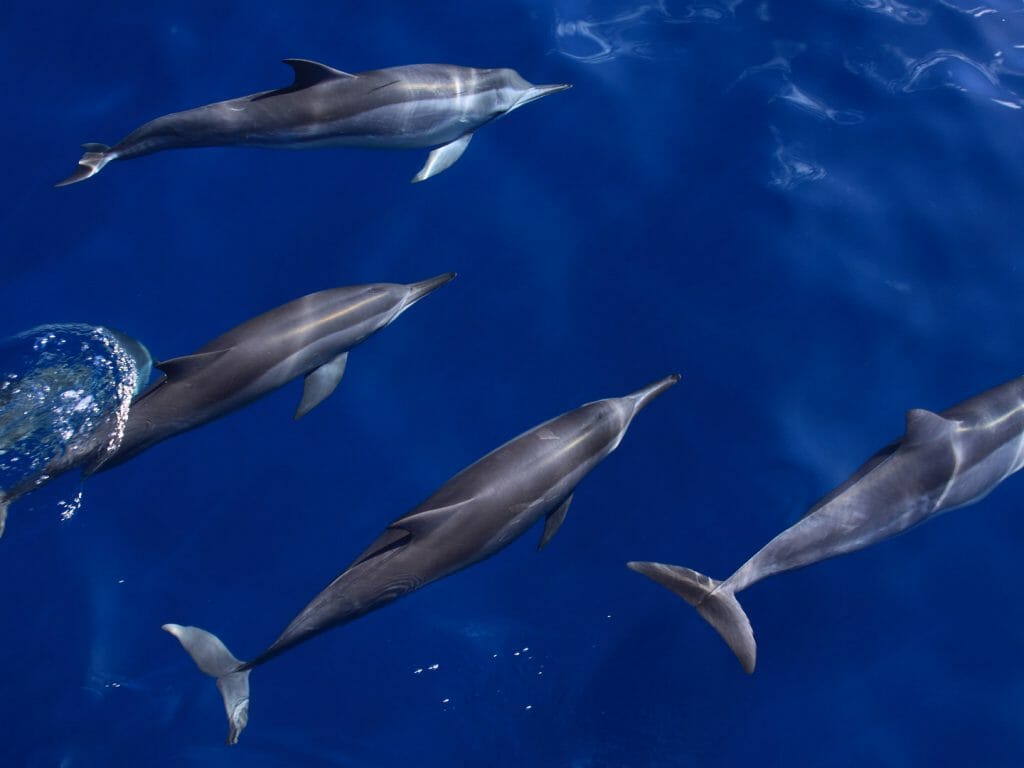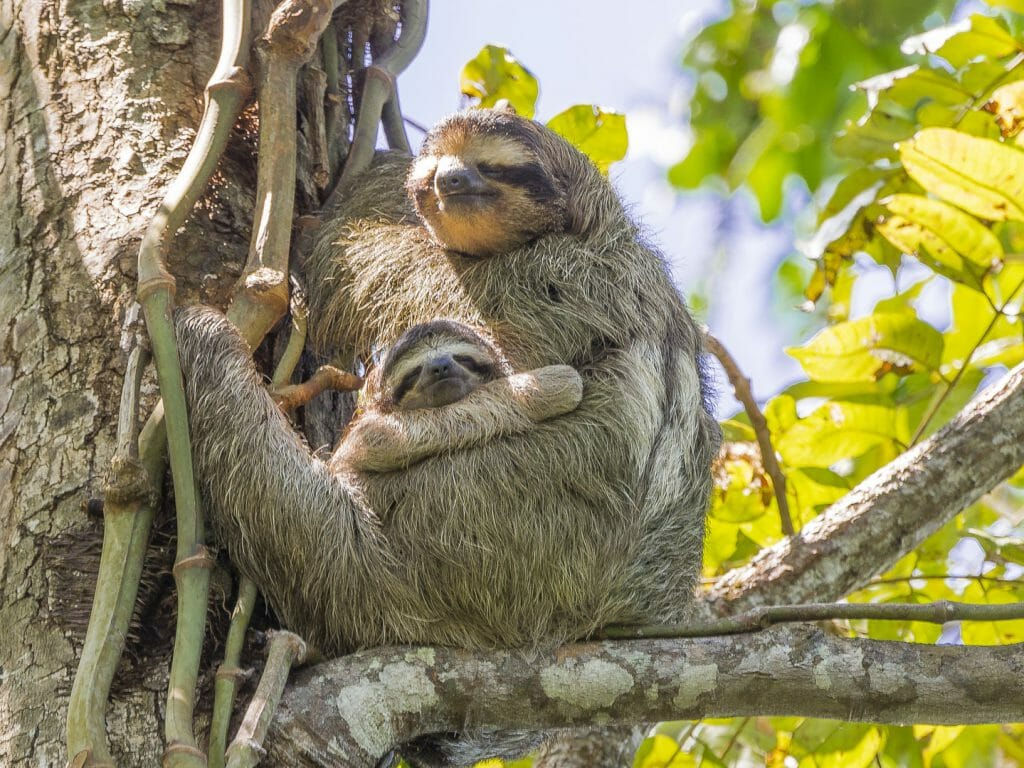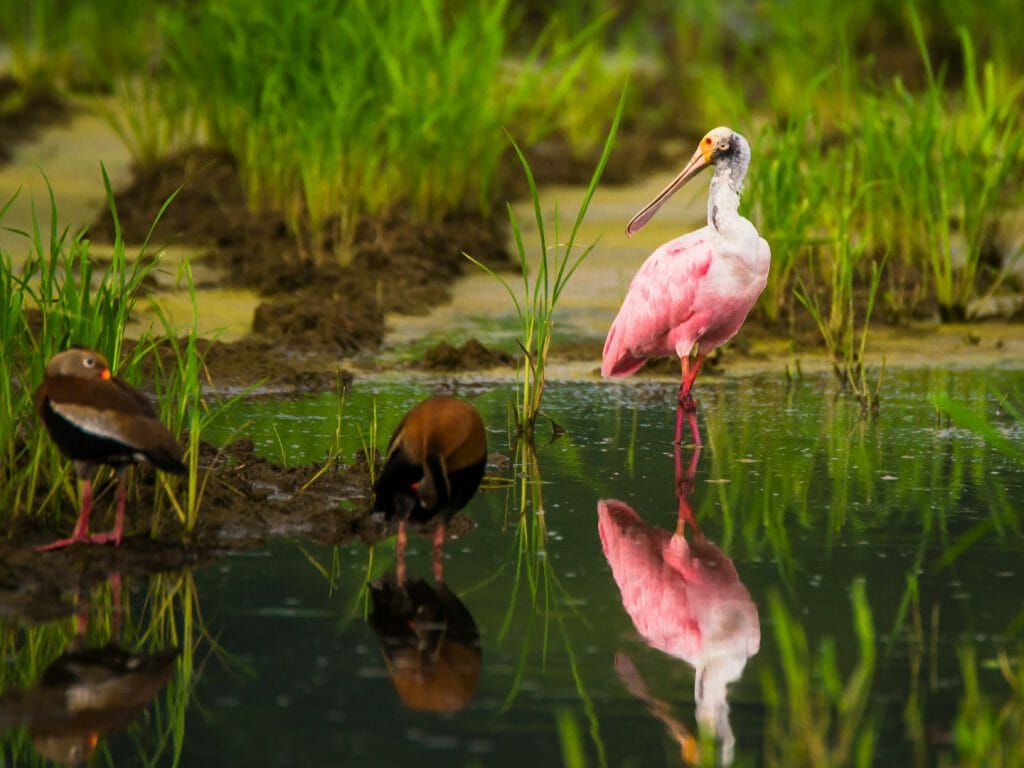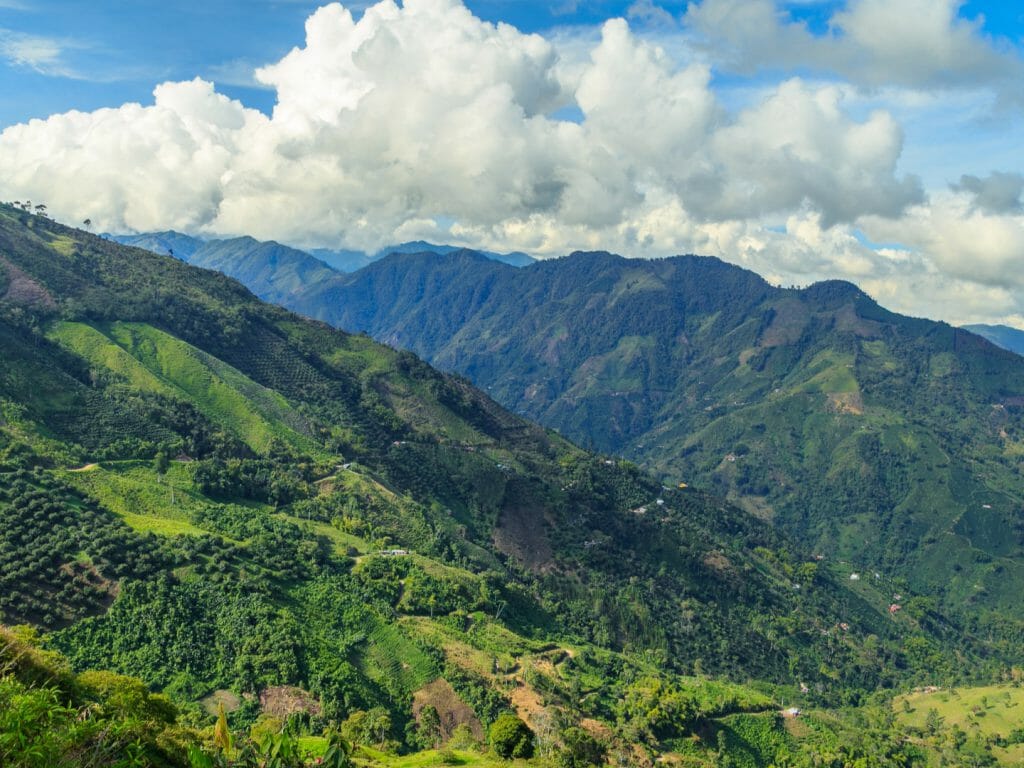“We will be leaving at 7a.m. sharp tomorrow” reminds Steven, the General Manager of Casa Corcovado. I am on the Osa Peninsula on Costa Rica’s Pacific coast, in a region cited by National Geographic as one of the most intense biological places on earth. The ecosystems here, range from wetland to mangrove to rainforest and are home to more than half of all species found in Costa Rica including jaguar, tapir, caiman, boa snakes, giant anteater, sloth and scarlet macaws. Today I have signed up to the snorkelling tour on Caño Island. Steven is an ex-US Marine. He runs a tight ship at the lodge and is a fantastic guide in the field. He is the kind of chap that makes ladies swoon and men feel they really need to brush up on their bush skills.
The next morning, we take the boat to Cano Negro island, a forty-minute trip across the Pacific Ocean. Isla del Cano, a biological reserve, offers some of the best snorkelling found on the Pacific coast of Costa Rica. Only twenty minutes into our journey there is a shout from Steven “Look!” he points to port as the engine is cut. I jump to attention and we find ourselves gently wallowing alongside a pod of 12 humpback whales. I was ecstatic. Costa Rica is in fact the only place in the world to see Southern and Northern Humpback Whales together as they travel to the deep warm waters of the Gulfo Dulce to give birth.
We sat and watched the remarkable creatures breach and dive, before we reluctantly had to continue our journey to the island to make it to the park before the crowds arrived. It can get busy as the island is a destination for most of the jungle lodges on the Osa Peninsula, but with military precision Steven made sure we there by 8a.m. to have the park almost to ourselves.
Snorkelling around Caño Island consists of working your way around the rocky outcrops broken by small sandy bays. As a diver, this terrain was not alien to me and I was looking forward to matching Steven on his turf, but struggling with my buoyancy aid (Steven is very safety conscious) I found myself bobbing about the surface in a rather ungainly fashion while he masterfully disappeared without a splash from the surface of the water. What’s more, Steven didn’t surface again for several minutes. It turns out he can free dive for at least four minutes enabling him to become part of the underwater world. This skill also allows him to scout for his guests what they might otherwise miss and I was no exception.
Steven surfaces again, effortlessly clearing his snorkel with one puff and removes his mouth piece. “James” he pants. “You must come down here, it’s incredible. The humpbacks, I reckon they are about 300 metres away – I can hear them”. “Really?” I replied, not entirely understanding how he could hear them. I thought you needed equipment for that. “You can’t hear anything up here, even at two or three metres below, but at four I can hear them calling, it’s amazing – come down”. So, grappling with my life jacket once more, I filled my lungs and kicking with as much power as I could muster, I dove down behind Steven, equalising as I went. Sure enough at four metres, the whines and whistles of the humpbacks rippled through the water. It was both eerie and wonderful, but most of all, astonishing. For a moment, I was completely in their world hearing them as they sang to each other, before I ran out of breath and my lifejacket took me back to the surface like the releasing of a parachute.
